Carlos Tavares Warns Stellantis Could Split Apart In The Future
Former CEO Says Tensions Between France, Italy, and the U.S. Could Push Break Up
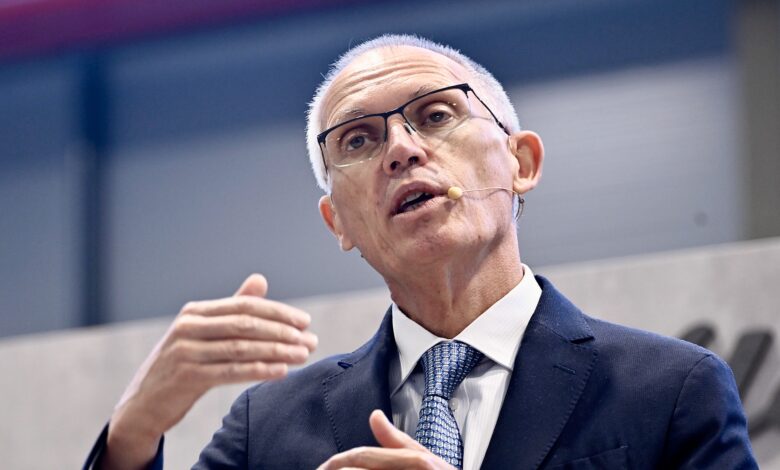
Ten months after being ousted from Stellantis, former Chief Executive Officer (CEO) Carlos Tavares is sounding alarms about the company’s long-term future. In a new book published in France this week, Tavares warns that the multinational automaker he helped form could eventually be broken apart if growing political and cultural tensions within the organization continue to escalate.
Tavares wrote that Stellantis’ balance between its three main regions — France, Italy, and the United States — has become increasingly unstable. “I am worried that the three-way balance between Italy, France, and the U.S. will break,” he said in the book. “The group’s survival as a standalone company will depend on management paying attention to unity every day.”
The Promise and Strain of a Global Merger –
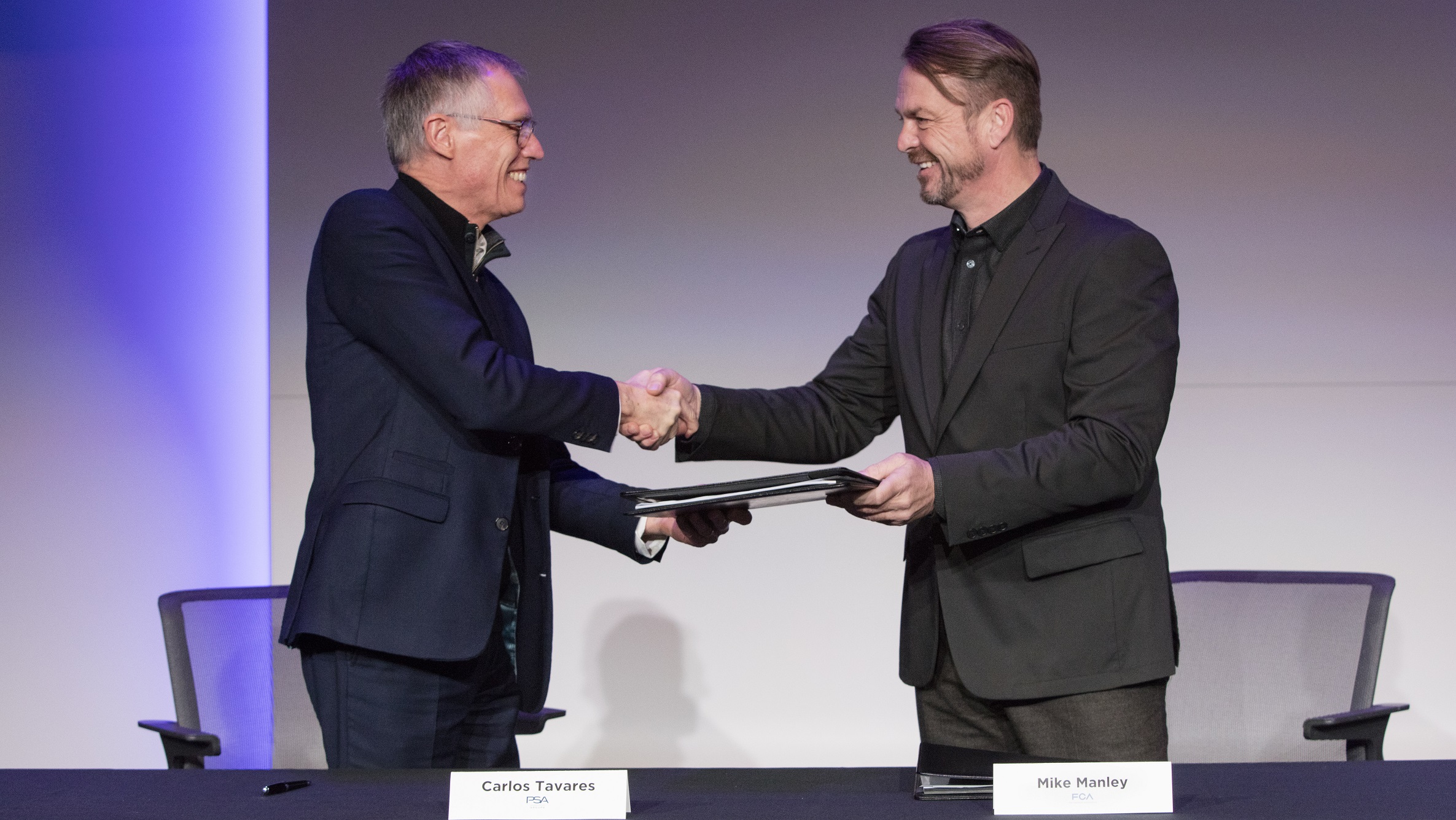
Formed in 2021 through the merger of Fiat Chrysler Automobiles (FCA) and France’s PSA Group, Stellantis was touted as a global automotive powerhouse. Its portfolio spans 14 brands — from Chrysler, Dodge, Jeep®, Ram in North America to Fiat, Peugeot, Citroën, Alfa Romeo, and Maserati in Europe. The merger was intended to pool resources, technology, and market reach across continents, creating a single entity capable of competing with giants like Toyota and Volkswagen.
However, Tavares argues that the balance that once defined Stellantis is becoming increasingly difficult to maintain. France prioritizes industrial jobs and national identity. Italy demands investment in local manufacturing. The United States — home to Stellantis’ most profitable operations — is focused on trucks, SUVs, and financial returns. Each of these priorities, he says, pulls the automaker in a different direction.
“The strength of Stellantis comes from its diversity,” Tavares wrote, “but that same diversity can also become a weakness if unity is not protected every single day.”
The End of an Era –
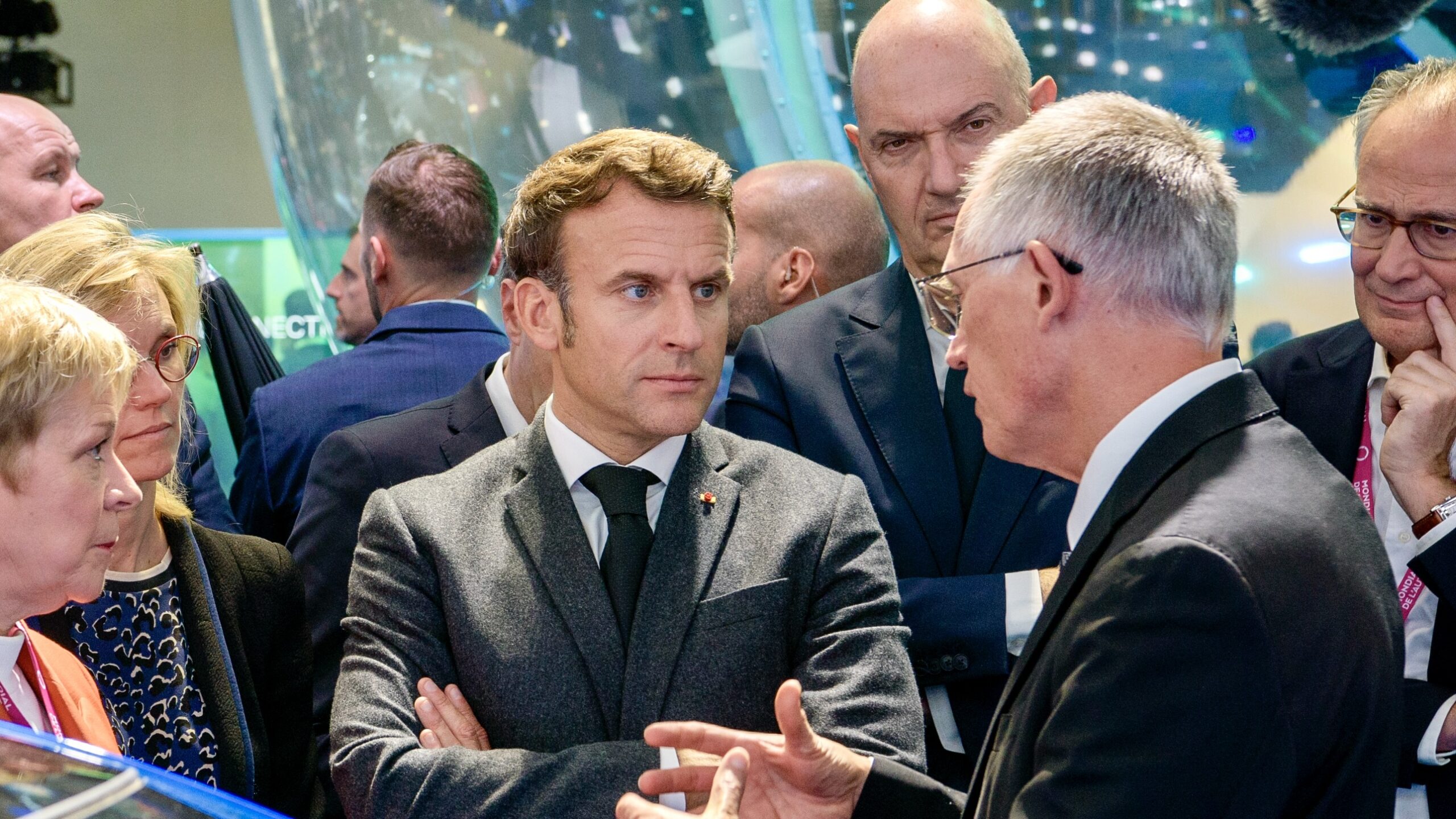
The 67-year-old “stepped down” in December following steep market share declines in both Europe and the United States. His leadership style, defined by aggressive cost-cutting and strict efficiency measures, divided opinion. Under his watch, Stellantis relocated production and engineering work to lower-cost countries like Morocco — moves that boosted short-term profitability but angered unions and politicians across Europe.
Labor groups in Italy and France accused Tavares of hollowing out local industry, while employees criticized his push for remote work and reduced staff levels. Several high-ranking executives left during his tenure, with some even joining Chinese automaker BYD, which is now expanding rapidly in Europe.
Tavares maintains that his decisions were made in the best interest of long-term survival. “With me gone, I am not sure that the French interests that I always had at heart — whether you believe it or not — will be as well defended,” he wrote.
A New Chapter Under Filosa –
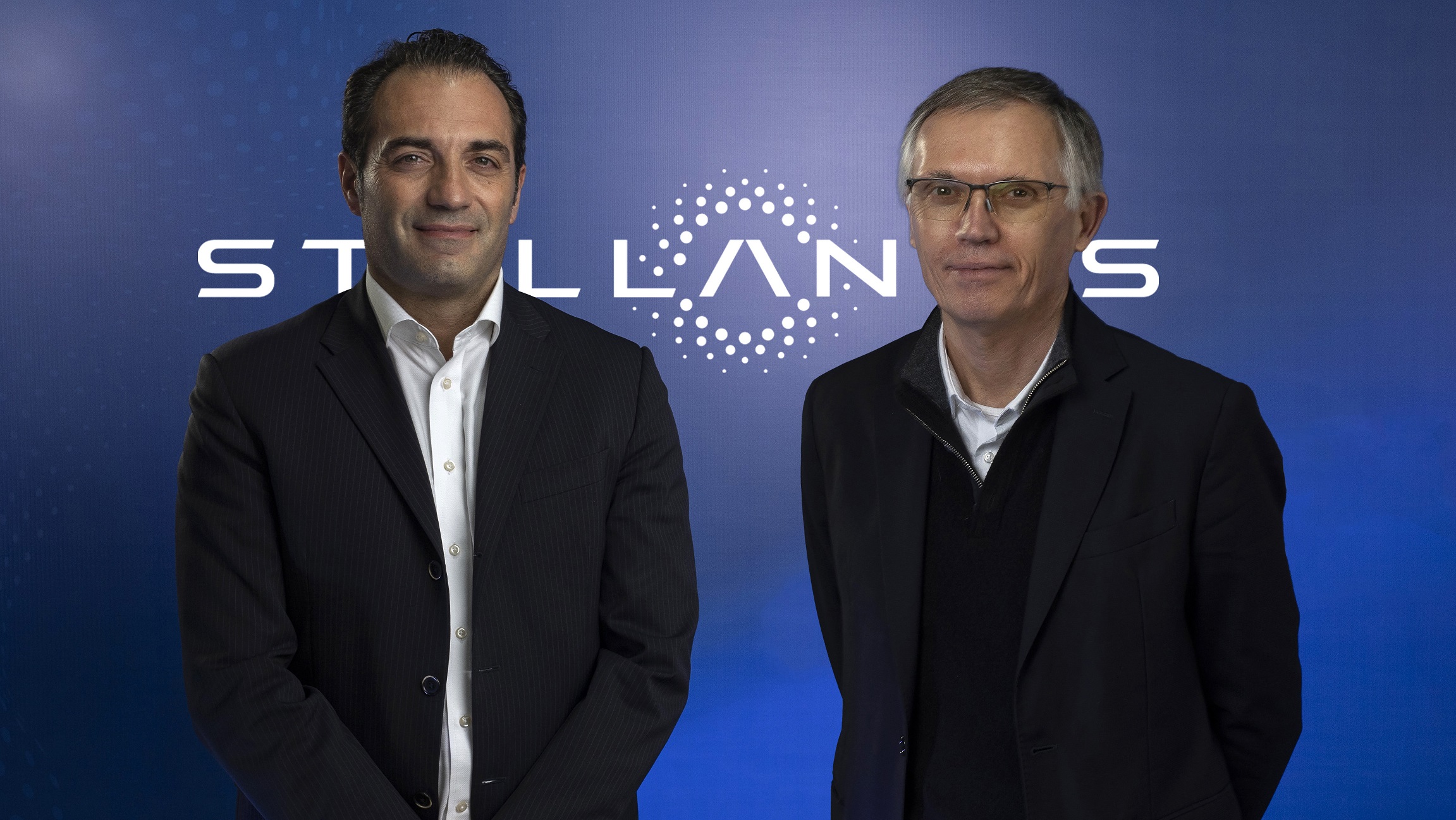
In June, Stellantis appointed Antonio Filosa as its new CEO after a months-long search. A veteran of the former Fiat Chrysler organization and a seasoned executive with Jeep® in South America, Filosa has quickly made his mark. Described by Tavares as a “logical and rational” successor, Filosa has redirected Stellantis’ focus toward its strongest markets.
He recently pledged to invest $13 billion in U.S. operations — a move aimed at strengthening Stellantis’ American presence but one that has sparked concern among European unions and government officials. Many of Filosa’s senior leadership picks have come from the former FCA side of the company, further shifting the corporate balance toward North America and Latin America.
Meanwhile, Stellantis has temporarily idled several European plants this month due to weak demand and overcapacity, prompting renewed fears of deep production cuts.
Could Stellantis Split Apart? –
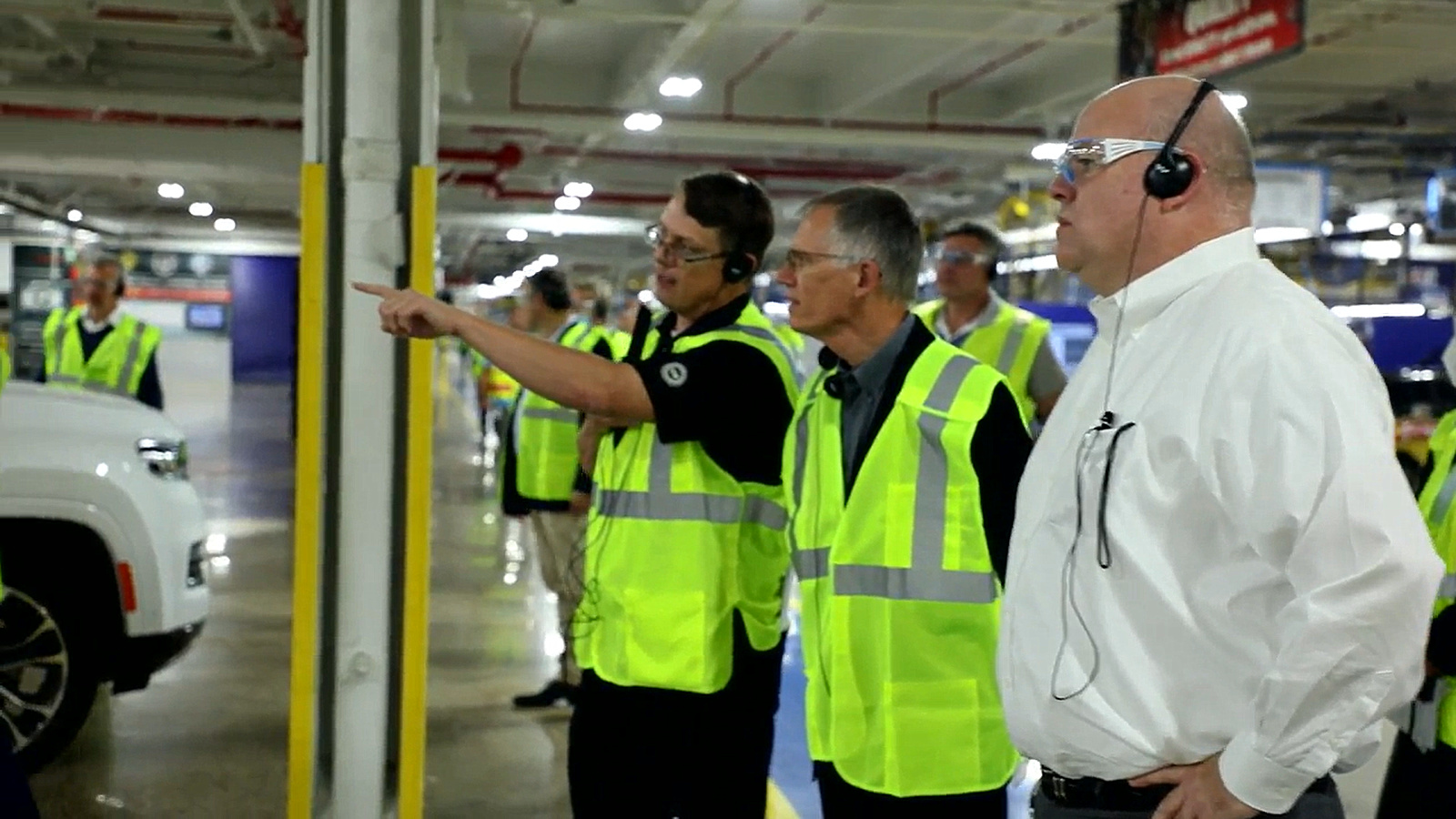
Tavares’ most striking prediction is that the company could eventually fracture. “One possible scenario, and there are many others, could be a Chinese manufacturer one day making a bid for the Europe business, with the Americans taking back the North America operations,” he wrote. “This would allow each to refocus on their own markets, much like General Motors (GM) has done over the past 10 years.”
His warning comes at a time of growing political and economic tension. Last year, U.S. Senator Bernie Moreno called on Stellantis to divest its American brands — Chrysler, Dodge, Jeep®, and Ram — claiming they should “return to American hands.” At the same time, new tariffs imposed by President Donald Trump’s administration are disrupting supply chains and forcing automakers to rethink global manufacturing strategies.
The Road Ahead –
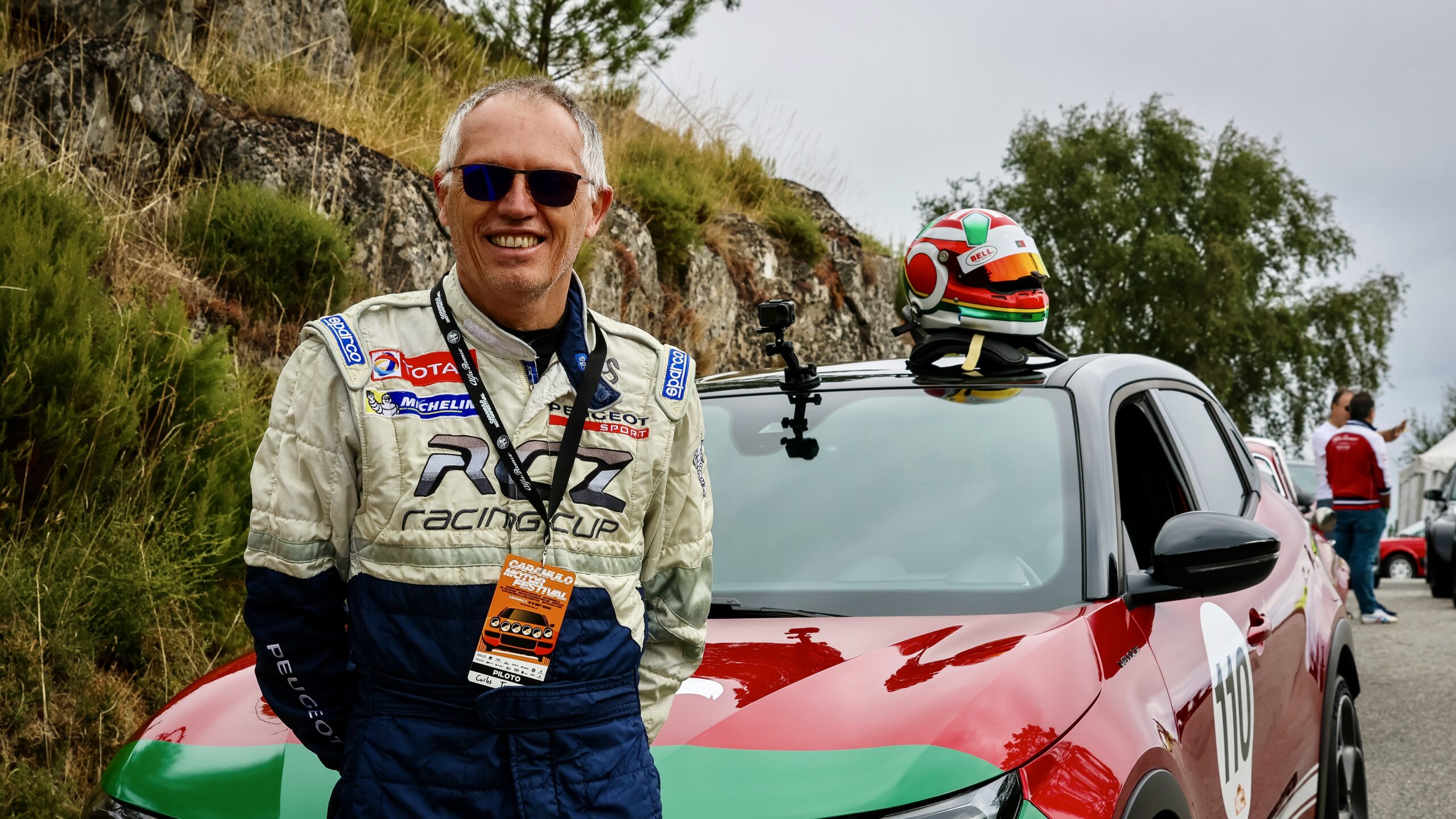
As Stellantis faces rising competition from Chinese EV makers, stricter emissions targets in Europe, and ongoing political friction across its home markets, the company’s multinational structure may soon be tested like never before.
For Tavares, the lesson is clear — global unity is fragile, and Stellantis’ future depends on it. “The company can survive,” he wrote, “but only if its leadership understands that balance is not a given — it must be earned every day.”
However, after speaking with several people within Stellantis in recent months, it appears that internal morale and overall outlook have improved noticeably since Tavares’ departure.
Source: Bloomberg
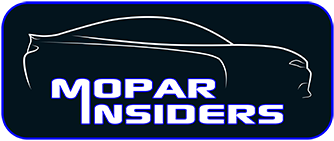


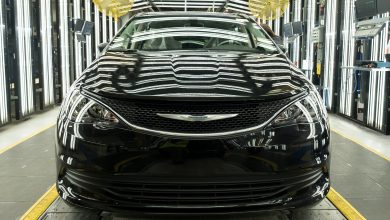
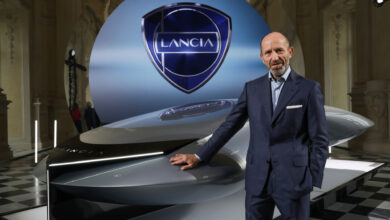
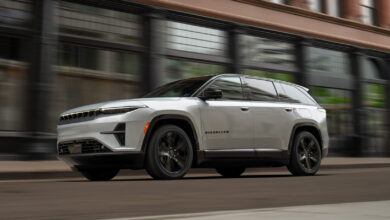
23 replies
Loading new replies...
Join the full discussion at the Mopar Insiders Forum →